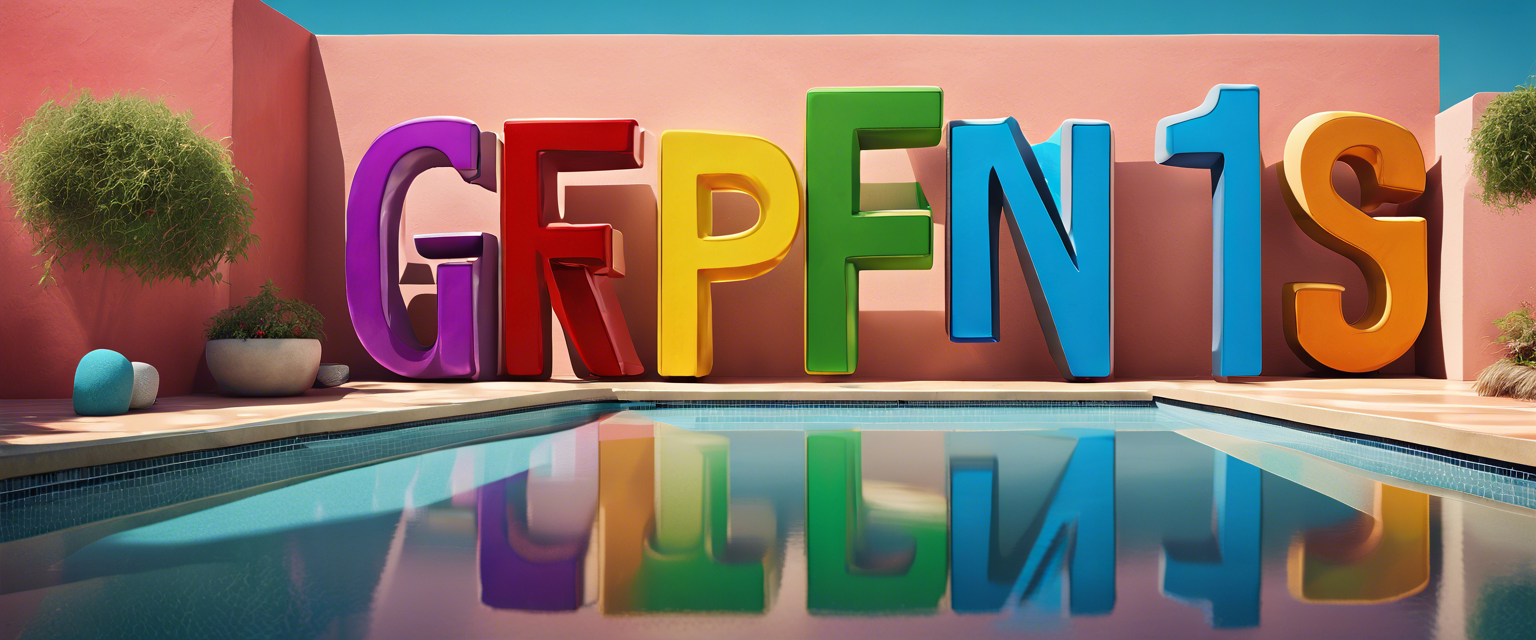The Evolution of Photography in the Age of AI
The landscape of photography as we know it has been undergoing a significant transformation, greatly influenced by the advent of artificial intelligence (AI) tools. Over the past few years, platforms like The Verge have engaged in enlightening discussions about the redefining nature of photography, particularly in relation to smartphone technology. This article delves into the progression of photographic interpretation and understanding amidst rapid technological changes.
From Traditional to AI-Driven Photography
Since around 2018, discussions about the essence of what constitutes a photograph have intensified, culminating in live events dedicated to exploring these themes. The influx of AI innovations has introduced new dynamics into every facet of image creation—from composition and capture to editing—leading to profound implications for photographers and consumers alike.
Defining a Photograph: Insights from Industry Leaders
Executives from major smartphone manufacturers have begun to articulate their vision for what photography means in the context of their products. This ongoing dialogue reveals a lack of consensus within the industry. For instance, some argue that the essence of a photograph is intrinsically tied to its authenticity and memory representation, rather than strict adherence to reality.
The Question of Authenticity
One notable perspective highlights the distinction between a "real picture" and the digital enhancements that modern cameras provide. The constant interaction between AI and photography raises questions such as:
- What constitutes a real image when AI-driven tools optimize various elements like zoom or autofocus?
- How do digital filters affect the authenticity of a captured moment?
This discourse points to a growing complexity in understanding photographic authenticity as technology advances.
Photography as a Personal Celebration
Another viewpoint emerges, one that champions photography as a personal celebration of significant life events, irrespective of the degree of digital alteration. This definition encompasses a wide latitude, covering everything from everyday moments, like enjoying a beautifully designed cup of coffee, to profound family milestones, such as a child's first steps or poignant goodbyes.
Navigating the Grey Areas of Reality
The multitude of definitions suggests that the industry's quest to categorize photos as "real" or "fake" is fraught with challenges. Such a struggle becomes increasingly tangled in an era where competitive pressures to introduce AI-driven features are mounting. For example, Apple's upcoming AI-powered background removal tool, Clean Up with Apple Intelligence, pushes the boundaries of what we consider a "genuine" moment, inciting further debate.
The Future of Photography: Challenges Ahead
As various organizations work to enhance the trustworthiness of photographs, the evolving understanding of photography is poised to become even more multifaceted. While efforts are underway to establish frameworks for authenticity in photography, it is clear that the discourse about what a photograph truly represents will likely lead to more confusion in the near term.
Conclusion: Embracing Change in Photography
The swift evolution of photography, spurred by AI innovation, invites us to reassess our traditional notions about images. Though challenges abound in defining authenticity in this new era, it also prompts us to embrace change and recognize the personal significance of photography in our lives. As we navigate through these transformations, we must remain open to the engaging complexities that AI brings to the art of capturing moments.



Залишити коментар
Усі коментарі модеруються перед публікацією.
This site is protected by hCaptcha and the hCaptcha Privacy Policy and Terms of Service apply.